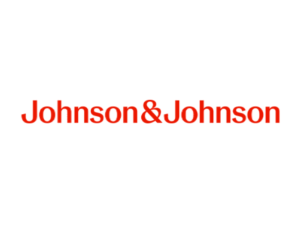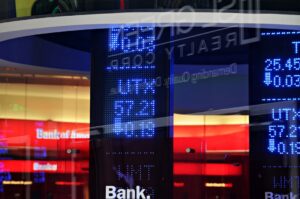Under Armour (NYSE:UA), a prominent sportswear company, recently announced its earnings, showcasing a mix of positive developments and ongoing challenges. Competing with giants like Nike and Adidas, Under Armour’s latest financial results have sparked interest among investors and market analysts. Here’s a closer look at the key insights from the earnings report:
- Earnings Per Share (EPS) of -$0.08, slightly outperforming the estimated -$0.0805.
- Revenue reached approximately $1.18 billion, surpassing the expected $1.16 billion.
- Despite positive revenue and EPS figures, Under Armour faces challenges with a negative price-to-earnings (P/E) ratio of -18.64 and a high enterprise value to operating cash flow ratio of 840.67.
Following the earnings report, Under Armour’s shares experienced a modest increase of 0.8%, trading at $6.26. This uptick reflects the market’s optimistic response to the company’s revenue exceeding forecasts. The less-than-expected decline in fourth-quarter revenue is credited to Under Armour’s strategic initiatives aimed at refining product lines, which have bolstered sales.
Under Armour’s President and CEO, Kevin Plank, highlighted the company’s strategic reset, focusing on improving product offerings, storytelling, distribution, and operational models. These efforts are designed to enhance brand relevance and drive sustainable, profitable growth. The fourth quarter’s performance, surpassing expectations, has positively impacted the fiscal 2025 results.
However, Under Armour’s financial health shows areas of concern. The company’s negative P/E ratio of -18.64 signals current losses, while the price-to-sales ratio of 0.48 suggests the stock is undervalued relative to its sales per share. The enterprise value to sales ratio stands at 0.59, indicating the total valuation, including debt. The high enterprise value to operating cash flow ratio of 840.67 points to inefficiencies in converting sales into cash flow, and the negative earnings yield of -5.36% underscores unprofitability. Nonetheless, the debt-to-equity ratio of 0.66 indicates moderate debt levels, and the current ratio of 2.01 signifies strong liquidity, with current assets twice the current liabilities.




